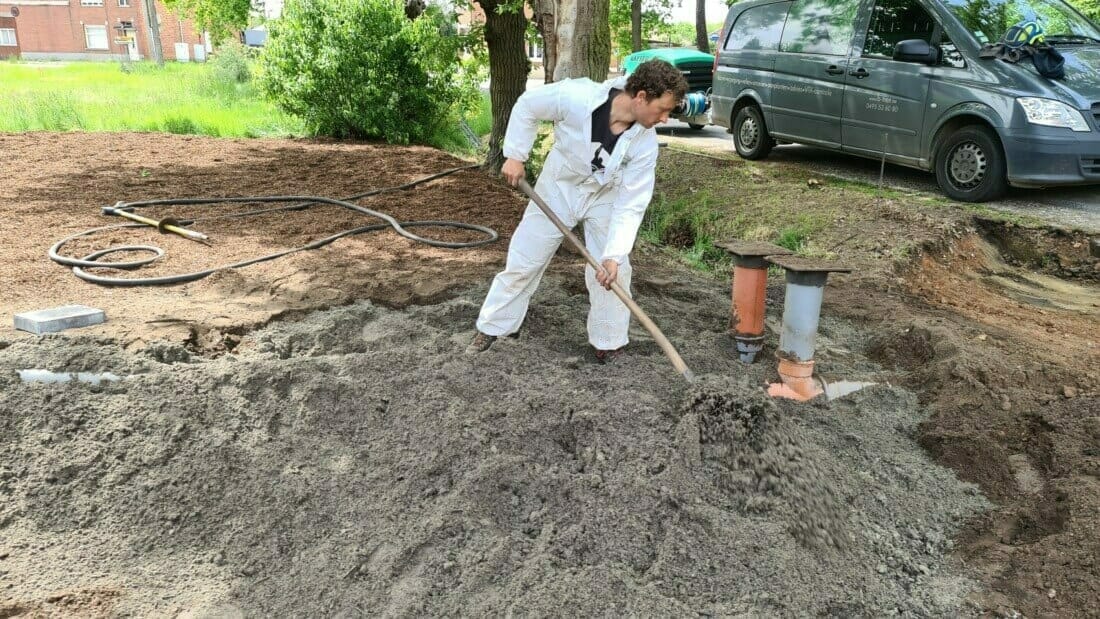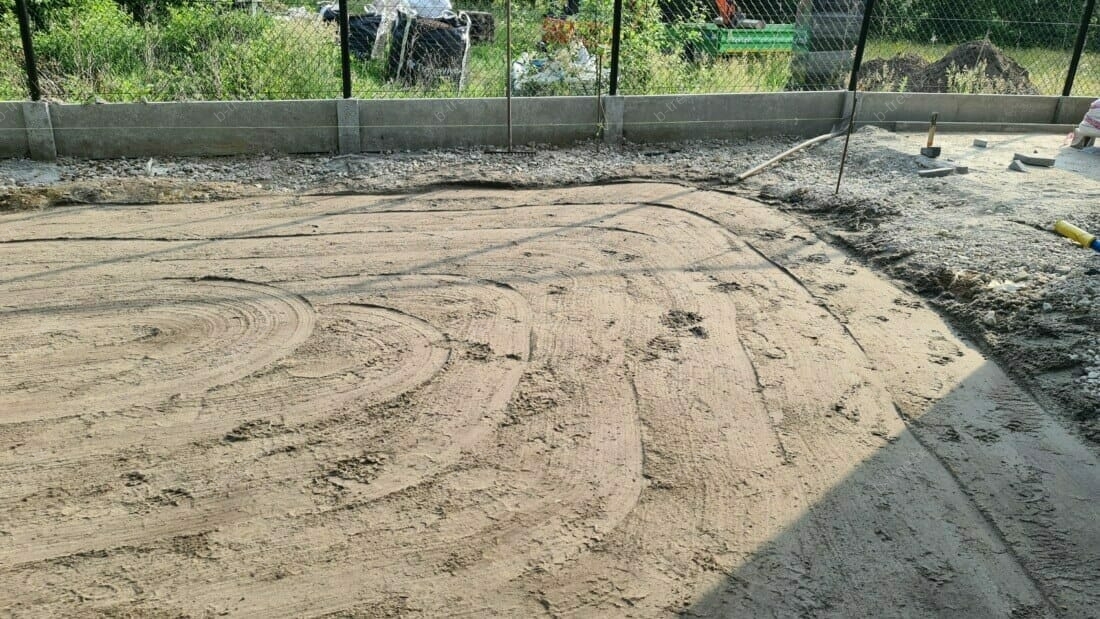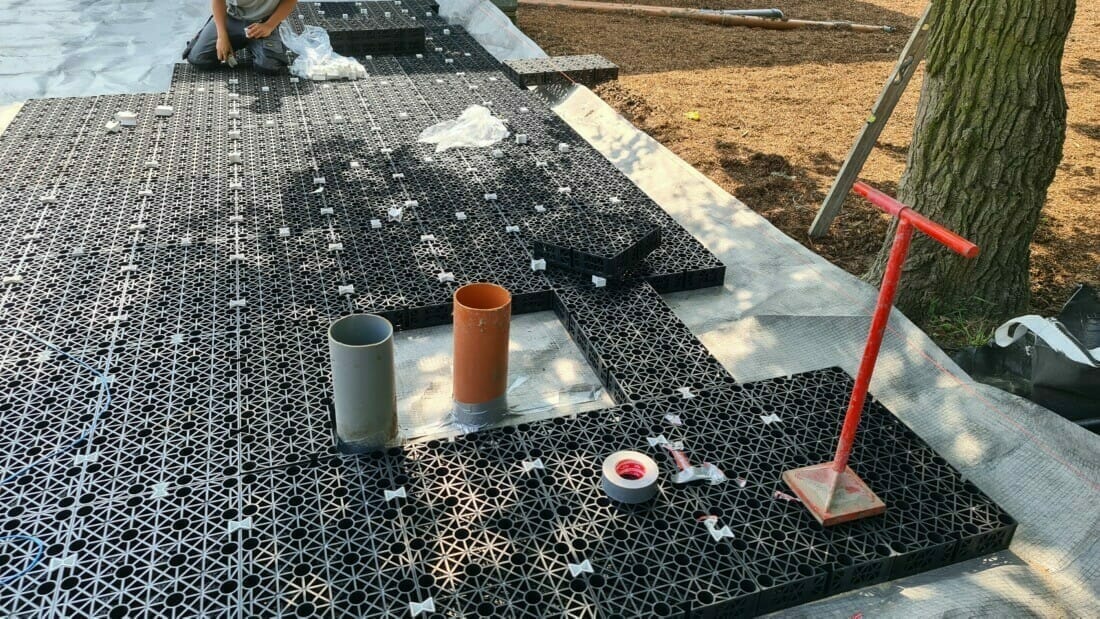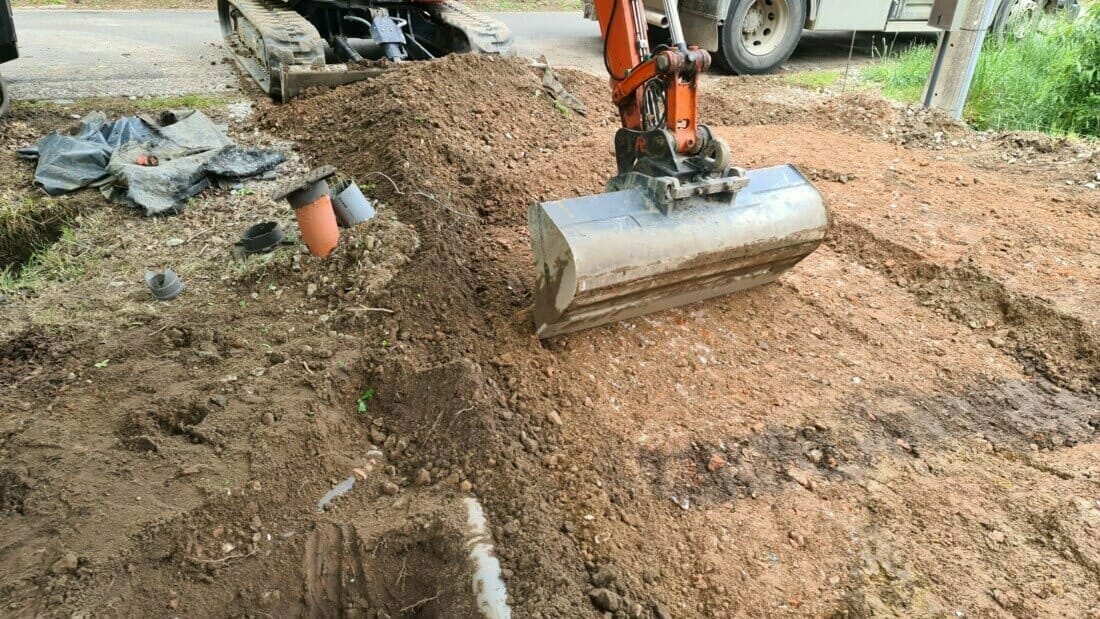



Growing site design and growing site constructions when planting trees
A high-quality growing area design ensures that the tree grows
Nothing is more beautiful and pleasant than a large, vital tree in the city or in the garden, and that is only possible with good growing area design.
Then you can enjoy the shade in hot weather. You meet people on the couch and children are playing. Always nice to be near a big beautiful tree.
The tree gives a lot. But trees also have needs. And you ensure this with good growth site design or growth site construction. Especially when using the soil twice. For example, if you want a parking space and a beautiful, well-growing tree.
Because if the tree has more root space underground, it will be able to grow carrots can colonize and utilize, the tree grows large. And it remains vital, it becomes a tree for the future and it gives us a lot in return.
To design a good growing place for a tree, one must know both the above-ground and underground needs.
When we plant a large tree in the middle of a square with plenty of parking space, an underground growing area construction will provide the solution. The soil can then be used by the tree. As well as by the users of the parking spaces. Without the soil in the root zone of the tree compacting. Which is detrimental to growing conditions.
Tip on overdue maintenance
Read more about it cleaning up or renovating your garden, and first carry out any overdue pruning before you start designing a growing area. This way you get a better view where you need it most plant trees. And you will arrive at a better final image.

Using an air spade to blow the roots of a tree free of debris at the level of utility lines, in preparation for the growth site design with pressure-spreading construction of sandwich elements. This is to make the soil suitable for root penetration again under the future driveway and parking spaces.
A growing area design has several functions
A suitable growing area design has several functions. In addition to providing sufficient root space and nutrients for the tree, it also provides storm water collection and water buffering.
The storm water does not end up in the sewerage system and the tree is supplied with water in a natural way.
Due to climate change, fifty- and hundred-year storms are expected to become four times more common from 2030. A sophisticated underground growth site construction collects storm water. And leads it to the growing place of the tree. There are then two advantages. On the one hand, the tree receives sufficient water in a timely manner. On the other hand, all rainwater does not flow into the sewer or stream. This prevents flooding.
The better and the more rainwater a growth site design can collect, the less nuisance. And the better for the tree and replenishing underground water reserves. In other words, the water can soak into the soil.
Definitely consider it planting large trees in an urban environment, to suddenly provide it with an underground growth site design. This pays off immediately and promotes the good and healthy development of your investment.
Double use of the soil with a growth site construction
What does double use of the soil mean?
By double use of the soil we literally mean that the soil is used twice in one place, and then even in the most suitable way. The ground level is, as it were, decoupled from the soil. And with system-supported growth site constructions, a completely independent second ground level is even created for the tree under the paving.
Underground around the tree we plant to provide quality rooting material. And above ground by providing the users of the paving or parking lot with a load-bearing soil. That can be neatly maintained.

Removal of the stone rubble that cannot be rooted through in the soil next to the tree, in order to subsequently provide the soil with tree sand for the underground growth site design.
Quality of a growth site construction or growth site design
The quality of a growing place design must be optimal for the tree. The soil in which a tree is rooted must, in addition to the suitable composition and amount of nutrients, also have the correct structure and airiness. It should not be too compact and must contain moisture and plenty of oxygen.
The base of a tree in the city or on a driveway of a home, where cars or other traffic drive, will quickly compact. Then there is no more oxygen in the pores of the soil and almost no water can seep in. The rain washes off, called runoff, instead of penetrating into it. The existing roots of the tree will die. Or new roots do not touch the hard soil with their root cap. In both cases this ensures stress for the tree and its condition decreases. And serves the tree one site improvement or growth site improvement to prevent it from dying.
Underground growth site construction as a solution to a lack of space
By creating a suitable growth site construction underground, we provide a solution to the challenge of lack of space.
There are various options or types of growth site construction to eliminate a lack of space. And both the tree provide root space underground. To be able to use the appropriate paving above ground.
What determines the choice of growth site construction?
The choice of growth site construction is based on a function for which the soil on top must serve. And depending on the required root space for the tree.
This way you can already distinguish between use by heavy traffic or light traffic or cyclists and pedestrians. There is also a difference between self-supporting and non-self-supporting or pressure-spreading constructions. More later about the advantages and disadvantages of different types of growth site constructions.
When choosing materials for a growth site design, we take into account the intended result and the cost price of the growth site construction. There is a big difference in budget between the different growth site constructions per m² and per m³. In this way, we always choose the most suitable option from a budget perspective, but with the conditions that the growth site design must meet. Such as, for example, the load in combination with the frequency that the growing area design must be able to handle.
Types of growing place equipment and their advantages and disadvantages
As mentioned earlier, there are two main types of growth site structures that are useful in planting trees in civilian busy environments. On the one hand, the self-supporting or granulate-supported growth site installations. On the other hand, the non-self-supporting, pressure-spreading or system-supported growth site installations.
A granulate-based soil consists of a granulate such as rock, which can withstand greater soil pressure, with soil in between, whether or not enriched with organic material, in which the roots can grow. Or from tree sand. This consists of, for example, single-topped sand, enriched with organic matter and minerals. With a pressure-distributing sandwich construction on top that provides a second ground level.

Spreading tree sand enriched with organic matter for the granulate-based growth site construction where the future driveway and parking will be located.
There are also several options for a system-based growth site construction.
This can consist of so-called tree bunkers. These consist of plastic elements or crates that are attached to and next to each other until they form one whole. The tree bunkers have an open structure on the inside on the sides so that the bottom through all the crates can be completely colonized by tree roots. The top of the tree bunkers is also open, so that rainwater and air can pass through. But the top is very load-bearing.
In addition to a tree bunker system, there is also a Watershell system and a Treebox system. All systems have a load-bearing structure with soil for the trees underneath and in between.
Advantages and disadvantages of the two types of growth site constructions
A granulate-based growth site device has the advantage that it is several times cheaper than a system-based growth site device. However, there are also disadvantages. With a granulate-supported growth site design, there is more limited space for root penetration. And it can handle much less traffic pressure than a system-based or pressure-distributing growth site construction.
If we improve an existing growth site by applying a growth site design, a system-based solution is less flexible compared to a granulate-based solution. Note that if utility lines are present at an existing growth site, it is sometimes impossible to install prefab elements of a system-supported growth site construction.
Calculating a growth site construction and design
We must calculate a growth site construction based on the environmental variables and the purpose. We take into account that a tree will root up to a maximum of 1,3 meters deep. We assume that there is sufficient oxygen available up to this depth. Despite the fact that trees can root much deeper in some places. So there is margin on the right side.
Depending on the choice of tree species when planting and the expected final appearance in the mature phase of the tree, one can calculate how large the total growing area should be. The type of growth site construction is chosen partly based on the investment costs linked to a specific system and the prescribed characteristics that the growth site design must meet.
Our Certified Tree Manager put the total design of the chosen system, the method of construction and the calculations, in a detailed motivational note. Just like the required materials and additional systems such as water supply and/or water drainage.
Other tree care interventions when constructing a growing area structure
If you need to install a growing area construction for an existing future tree, there is a prior decision root research necessary. This is to gain insight into how the soil has been colonized, how large the roots are, and where root pruning is possible. To then finally determine the growth site construction.
Above-ground pruning may also be necessary. Read more about it on our page about the different ones types of tree pruning.
Contact us today for an initial consultation or visit without obligation
If you are looking for a professional tree care professional or someone who can create the perfect growing site construction or growing site design for you, then b-Tree Tree Care is ready to help you.
Please contact us today to discuss your needs, schedule an assessment, or learn more about grow site designs and grow site construction. Our dedicated team is ready to help you conserve and support your valuable trees during challenging climate change.